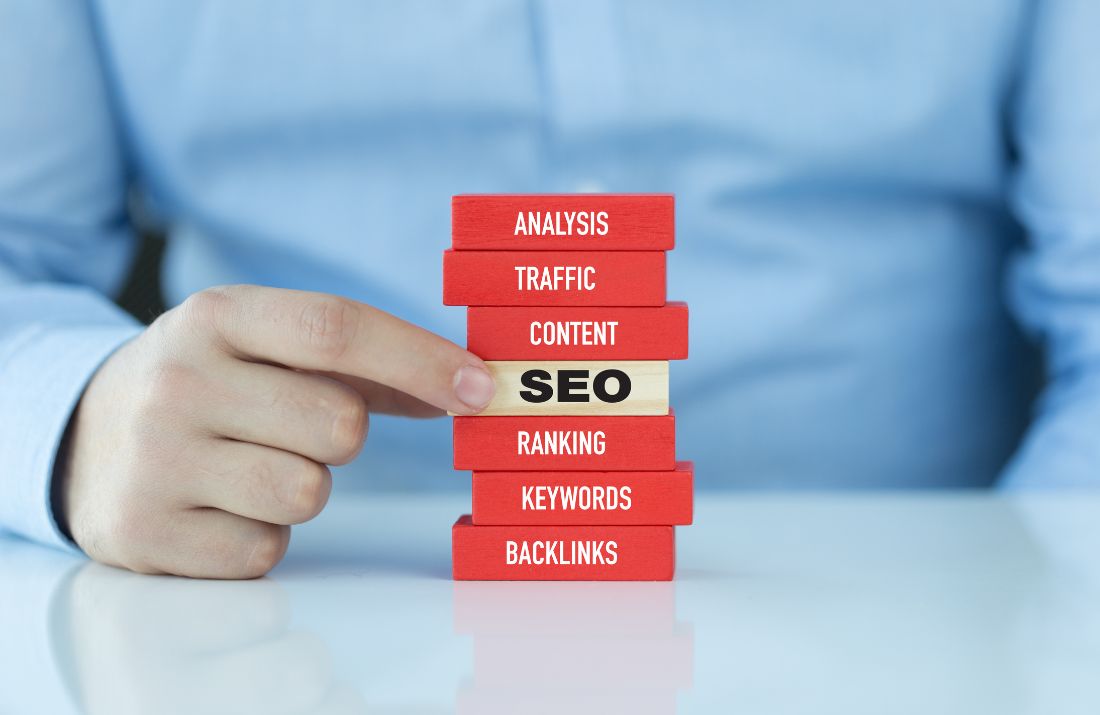PPC, an abbreviation for pay-per-click, is a digital marketing method where advertisers pay for each click their ads receive. This form of online advertising can be implemented through various channels, including search engines like Google Ads, social media platforms such as Facebook and Instagram, and display ads on websites.
In this guide, you’ll learn about:
- Differentiating Between SEO, PPC, and SEM
- Understanding PPC
- The Significance of PPC
- Crafting a PPC Campaign Strategy
- Leading PPC Platforms
- Varieties of PPC Ads
- Diving Deeper into PPC
Distinguishing Between PPC and SEM: While these terms are often used interchangeably, they have distinct differences. PPC is a part of SEM, which encompasses both paid and organic methods for improving a website’s search visibility. SEO, on the other hand, focuses exclusively on optimizing a site’s organic search ranking through various techniques like keyword research, content optimization, and link building.
Exploring PPC: PPC advertising empowers advertisers to bid on specific keywords or phrases they wish to target. When users enter these keywords in search engines or other relevant platforms, the advertiser’s ads appear in search results or on websites. Advertisers are charged for each click their ads receive.
PPC campaigns allow for precise targeting based on demographics, interests, and locations. Advertisers can set maximum bid amounts for their chosen keywords. The display of ads is determined by complex algorithms that consider factors such as bid amounts, ad relevance to keywords, and ad quality.
The Importance of PPC: PPC should be viewed as an asset rather than a marketing cost. In 2022, it generated an average of $2 for every dollar spent, with an average cost per click of $1.16. Notably, 40% of ad spending in 2020 was allocated to search advertising, with Google capturing 73% of that share.
PPC offers several advantages over SEO and social media:
- Quick Results: PPC can drive immediate website traffic, whereas SEO takes time to yield results. Ads are typically approved on the same day they are created, ensuring rapid exposure.
- Targeted Audience: PPC allows precise targeting based on demographics, interests, and behavior, ensuring that ads reach the intended audience.
- Measurable Results: PPC provides measurable key performance indicators like conversions and ROI, enabling advertisers to track campaign success.
- Cost-Effective: Compared to traditional advertising methods like TV or print, PPC operates on a pay-per-click model, making it more cost-effective.
- Branding: PPC can enhance brand awareness, even if users don’t click on the ads.
- Complementing SEO: PPC complements SEO efforts by providing immediate traffic while SEO strategies continue to evolve.
- Goal Tracking: Tools like Google Analytics help track goals and optimize campaigns in real time.
- Reputation Management: PPC can be used to address reputation issues by bidding on keywords related to specific events and guiding users to a landing page that addresses the issue professionally.
Key Elements of a PPC Campaign and Strategy: Effective planning is essential for a successful PPC campaign:
- Define the Target Audience: Identify demographics, interests, and location of your target audience.
- Set Clear Goals: Determine your campaign objectives, whether it’s increasing website traffic, boosting online sales, or generating leads.
- Research Keywords: Use keyword research tools to identify relevant search terms and incorporate them into your website and ad copy.
- Craft Compelling Ad Copy: Create attention-grabbing headlines and descriptions to entice users to click on your ads.
- Select Suitable Advertising Platforms: Choose the most appropriate platforms for your campaign, such as Google Ads, Microsoft Advertising, or Facebook Ads.
- Monitor Campaign Performance: Continuously monitor your ads’ performance and make necessary adjustments to achieve your goals.
- Experiment with Ad Formats and Targeting: Try different ad formats (text, image, video) and targeting options to optimize results.
- Establish a Budget: Determine your campaign budget to control spending.
Leading PPC Advertising Platforms: PPC advertising is available on various platforms, but two of the most prominent are Google and Facebook:
- Google Ads: Google is the world’s most popular search engine, processing over 99,000 searches per second. Google Ads offers various ad formats, including search ads and YouTube video ads, making it suitable for a wide range of businesses.
- Facebook Ads: Facebook enables businesses to advertise their products and services through ads that appear in users’ news feeds, right-hand columns, and Stories. Facebook Ads can include images, videos, carousels, and more.
Types of PPC Advertising: PPC advertising comes in several formats:
- Search Engine PPC: The most common type, where ads appear at the top of search engine results pages (SERPs) when users search for specific keywords.
- Display PPC: These visually appealing banner ads are displayed on websites, apps, and other digital platforms.
- Video PPC: Ads in video format, often found on platforms like YouTube, can be skippable or non-skippable.
- Remarketing PPC: Also known as retargeting, these ads target users who have previously visited a website or app.
- Other Ad Types: These include Remarketing Lists for Search Ads, Performance Max, and Local Search Ads.
In summary, PPC marketing is a dynamic and effective way to reach your target audience, increase sales, and generate leads. By understanding the fundamentals and harnessing the capabilities of various PPC platforms, businesses can maximize their online advertising efforts.
[/fusion_text][/fusion_builder_column][/fusion_builder_row][/fusion_builder_container]








